This article was co-authored by Francisco Gomez. Francisco Gomez is the Head Coach at the FIT Potato Gym, a training gym established in 2001 in the San Francisco Bay Area. Francisco is a former competitive runner who helps endurance athletes train for major marathons like the Boston Marathon. Francisco specializes in Injury Rehab, Flexibility, Marathon Training, and Senior Fitness. He has a B.S. in Nutrition and Exercise Physiology & Running.
There are 16 references cited in this article, which can be found at the bottom of the page.
This article has been viewed 39,756 times.
People who suffer from respiratory issues like asthma and chronic obstructive pulmonary disease often have problems with their lung function and capacity. Luckily, there are things you can do at home to improve your lung function, and therefore your ability to breathe.
Steps
Improving Lung Functions through Breathing Exercises
-
1Stand with your feet apart while you breathe deeply. Bend over at the waist, keeping your knees loose. Exhale completely. Now inhale deeply as you slowly rise to a standing position.
- Once your lungs are filled with air, hold your breath for 10 seconds and exhale slowly. Do this at least 5 times.
- This helps lungs adapt to storing more oxygen and allows good gaseous exchange without getting breathless.[1]
-
2Practice holding your breath. Another exercise involves controlling your muscles. Take a deep breath, then close your eyes and hold it. The less you move, the longer you can hold your breath for.
- Try to count to 100 in your head. This may be difficult at first, so just hold your breath for as long as you can, then gradually increase your time.[2]
Advertisement -
3Inhale for five seconds. Hold your breath for 5 seconds and then exhale slowly. This helps to increase your lungs' muscle strength.
- This also increases your inhaling capacity by allowing the alveoli (respiratory sacs) to coil and recoil.[3]
-
4Practice controlled breathing while exercising. The best way for you to breathe is in through your nose with your mouth closed. This is important, because this will warm and moisturize the air you are breathing in.[4]
- Cold, dry air can trigger a COPD (chronic obstructive pulmonary disease) or asthma attack. Purse your lips as you breathe out.
Improving Lung Function through Exercise
-
1Talk to your physician before starting an exercise routine. The first thing you need to do is speak with your physician. Once he/she says you can begin an exercise program, keep in mind that it may take some time for you to reach your goals. Remember that consistency is the key to success.[5]
-
2Determine how many repetitions you should be doing. Count how many times you can perform an exercise before you feel somewhat out of breath.
- For example, for leg-lifts start out with three and go from there if you do not feel winded. Once you feel a little winded, you have reached the number of repetitions you should begin with.
- Then you can slowly move forward from that number. Again, remember if at any time you feel winded do not add any more leg-lifts.[6]
-
3Figure out how long you should be exercising for. If an exercise relies on length of time rather than repetitions, make sure you have a watch or clock nearby so you can determine how long you can do the exercise for before becoming winded.
- Once you have an idea, you can use an alarm/timer on your cell phone to time yourself. This is a great way to avoid looking at the clock continuously.
- You will also be able to keep track of how well you are doing and know if you are ready to add a little more time.
-
4Do warm-up exercises. You need to warm-up before your exercises and then cool-down afterwards. This is a great time for stretching. Never bounce while you stretch. You just want to feel a slight pulling sensation, nothing too intense. Here are some good warm-up exercises you can do:[7]
- Shoulder shrugs: Sit up straight and slowly lift your shoulders up toward your ears. Slowly put your shoulders back down. Repeat 4 times.
- Head turns: Sit up straight and slowly turn your head to the right, then slowly turn your head to the left, stopping in the center. Repeat 4 times.
- Marching on the spot: Stand up straight and place your feet a hip width apart from one another. March in place for one minute.
-
5Practice cardio exercises. Doing an activity like cardio or aerobics can lead to a significant increase in lung capacity and stamina, due to the increased demand for oxygen.[8] Any high intensity form of exercise performed for 30 minutes is recommended.[9]
- Walking is a great form of aerobic exercise. You can use a treadmill or walk around your neighborhood
- Ride a stationary bicycle
- Take a water aerobics class at your local health club – this is especially beneficial for people with COPD and asthma because the air is usually warm and moist.
- Go swimming at a local pool.
-
6Join water aerobics. Exercises done in water are very beneficial as the water provides resistance, increasing the workload Since more energy and oxygen is required, lung capacity increases.[10]
-
7Splash some water on your face while working out. This slows your heart rate causing the lungs to oxygenate more blood, thereby increasing the capacity of the lungs.[11]
-
8Know when to take a break. When you are performing any type of exercise, you should take a rest if you start to feel breathless.[12] The ideal position is to sit in a chair that supports your shoulders and remain there until you are breathing normally again.
-
9Do cool down exercises. Some effective cool down exercises include:
- Chest stretch: Stand up straight and put your hands behind your back. Clasp your hands together. Pull your shoulders back while simultaneously pulling your elbows together.You should feel a slight stretch in your chest. If you feel more than a slight stretch, you are leaning too far back.[13]
- Backstretch:Sit down in a chair and clasp your hands together in front of you. Lean forward while arching your back like a cat. If you feel more than a slight stretch between your shoulder blades, you are leaning too far forward. Try to hold the stretch for 10 to 20 seconds.
Improving Lung Function through Muscle Control
-
1Try tensing your stomach muscles. Lie down on the floor or bed with a pillow under your head or knee. Now place your right hand under your ribcage and your left hand on top of your ribcage.
- Inhale through your nose slowly and try puffing your stomach. Tense your stomach muscles and exhale slowly through your mouth.
- Three or four daily sessions of this exercise for up to 10 minutes is beneficial for lung function.
-
2Practice blowing balloons. Blowing balloons is a good activity for increasing lung capacity, as it forces the lungs to pump more air, exercising the and making them stronger.[14]
-
3Try playing wind instruments like woodwind or brass instruments. Playing these kinds of instruments will help you to control your breathing and expand your lung capacity. If you don't want to play an instrument, you could also try singing lessons, as singing has been proven to increase lung capacity.[15]
Expert Q&A
Did you know you can get expert answers for this article?
Unlock expert answers by supporting wikiHow
-
QuestionWhat exercises are good for shortness of breath?
 Francisco GomezFrancisco Gomez is the Head Coach at the FIT Potato Gym, a training gym established in 2001 in the San Francisco Bay Area. Francisco is a former competitive runner who helps endurance athletes train for major marathons like the Boston Marathon. Francisco specializes in Injury Rehab, Flexibility, Marathon Training, and Senior Fitness. He has a B.S. in Nutrition and Exercise Physiology & Running.
Francisco GomezFrancisco Gomez is the Head Coach at the FIT Potato Gym, a training gym established in 2001 in the San Francisco Bay Area. Francisco is a former competitive runner who helps endurance athletes train for major marathons like the Boston Marathon. Francisco specializes in Injury Rehab, Flexibility, Marathon Training, and Senior Fitness. He has a B.S. in Nutrition and Exercise Physiology & Running.
Fitness Coach
Warnings
- Do not exercise or stop exercising immediately if you feel:
- Abnormally tired
- Tightness or pain in your chest
- Cold
- Clammy
- Dizzy
- Increasingly wheezy
- Nauseous
- Pain in your joints and/or muscles
⧼thumbs_response⧽
References
- ↑ Morrow JR Jr, Jackson AS, Bradley PW, Hartung GH. "Accuracy of measured and predicted residual lung volume on body density measurement". Med Sci Sports Exerc, 1986
- ↑ Beverly harden, Jane cross, Mary Ann Quint, Respiratory Physiotheraphy, 2nd edition. Allison Mc Connell, Respiratory Muscle training.
- ↑ Morrow JR Jr, Jackson AS, Bradley PW, Hartung GH. "Accuracy of measured and predicted residual lung volume on body density measurement". Med Sci Sports Exerc, 1986)
- ↑ https://health.clevelandclinic.org/breathe-mouth-nose/
- ↑ https://www.lung.org/lung-health-diseases/wellness/exercise-and-lung-health
- ↑ https://www.ncbi.nlm.nih.gov/pmc/articles/PMC4818249/
- ↑ https://www.ncbi.nlm.nih.gov/pmc/articles/PMC4818249/
- ↑ Francisco Gomez. Fitness Coach. Expert Interview. 24 October 2019.
- ↑ Beverly harden, Jane cross, Mary Ann Quint, Respiratory Physiotheraphy, 2nd edition
- ↑ Allison Mc Connell, Respiratory Muscle training.
- ↑ https://www.theinertia.com/health/the-mammalian-diving-reflex-4-fascinating-things-happening-to-your-body-when-youre-in-water/
- ↑ Francisco Gomez. Fitness Coach. Expert Interview. 24 October 2019.
- ↑ https://pubmed.ncbi.nlm.nih.gov/18503806/
- ↑ https://pulmonaryfibrosisnow.org/2020/03/10/balloon-breathing-exercise-for-improved-lung-function/
- ↑ Beverly harden, Jane cross, Mary Ann Quint, Respiratory Physiotheraphy, 2nd edition.
- ↑ Ganong, William. Review of Medical Physiology (21st ed.)
- ↑ Ganong, William. Review of Medical Physiology (21st ed.)
- http://www.nytimes.com/health/guides/specialtopic/physical-activity/exercise's-effects-on-the-lungs.html
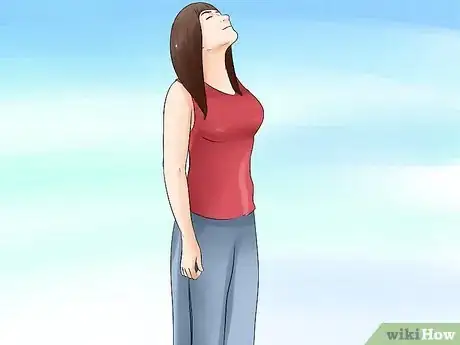

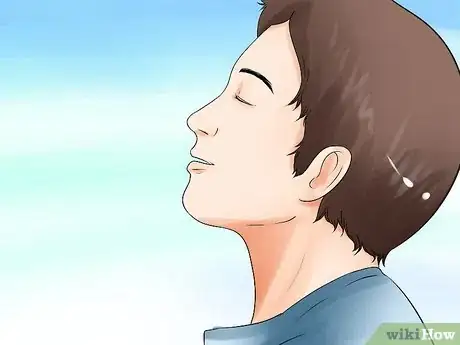
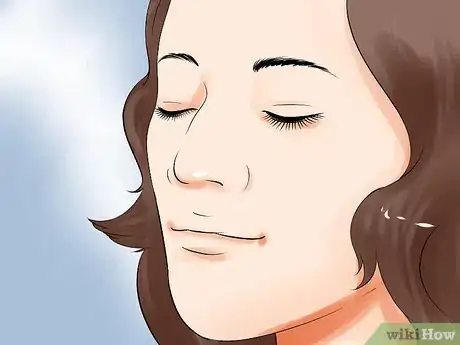
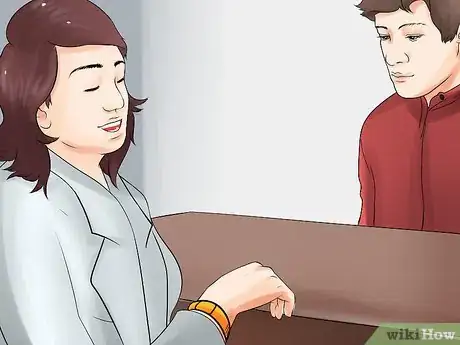
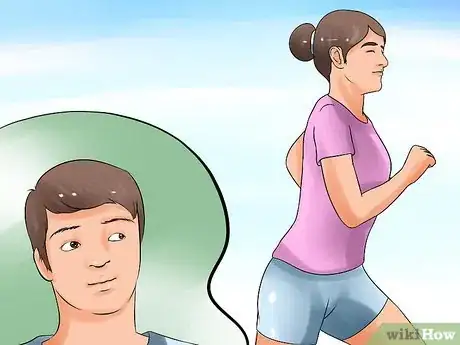
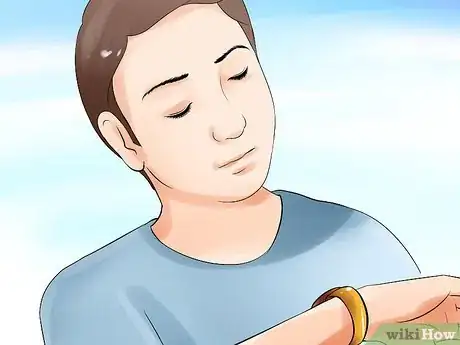
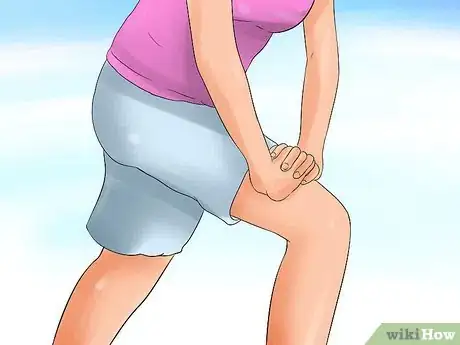
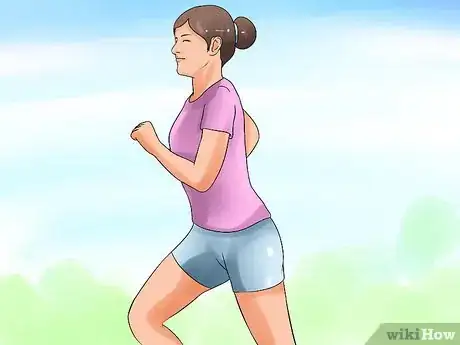

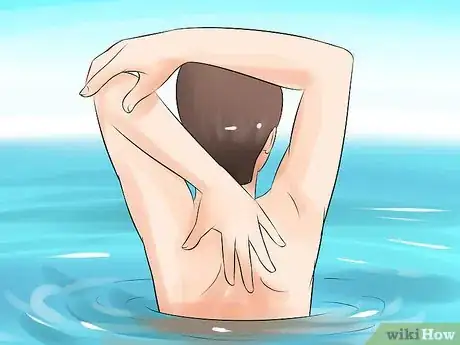

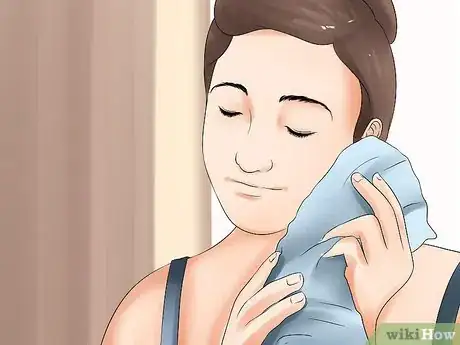
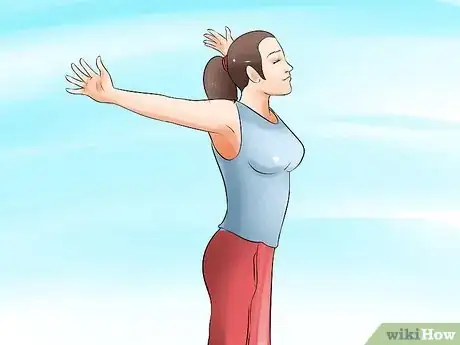
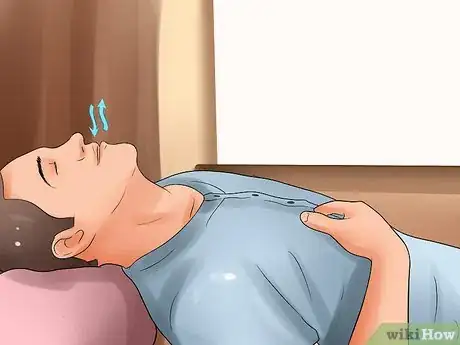

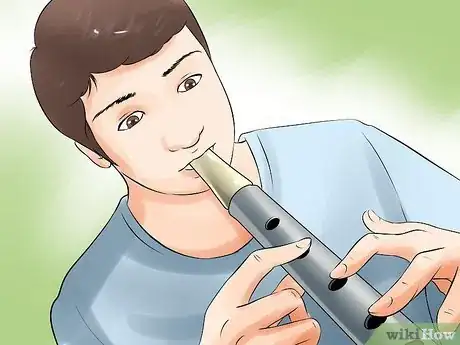





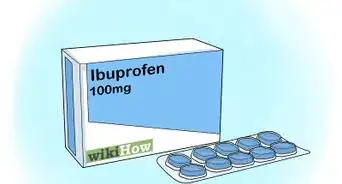







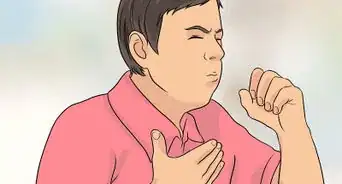








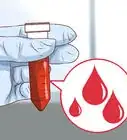





































Medical Disclaimer
The content of this article is not intended to be a substitute for professional medical advice, examination, diagnosis, or treatment. You should always contact your doctor or other qualified healthcare professional before starting, changing, or stopping any kind of health treatment.
Read More...